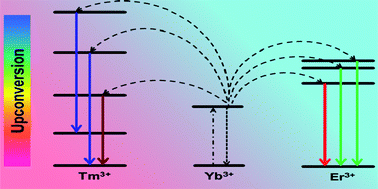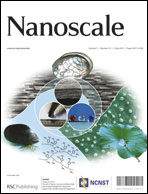Basic understanding of the lanthanide related upconversion emissions
Abstract
With abundant energy levels of 4f electron configurations, trivalent lanthanide ions (Ln3+) are endowed with unique and fascinating luminescent properties. Inheriting the native transition behaviour of the lanthanide ions, Ln3+ based nanomaterials have aroused great interest for a wide range of applications, including lighting and displays, optical fibers and amplifiers, responsive luminescent stains for biomedical analysis, in vivo and in vitro imaging, and enhancement for silicon solar cell devices. It should be noted that the application depends completely on the corresponding luminescent behaviour. To deepen the understanding of the luminescent mechanism is important for the developing of the field and the design of new Ln3+ based luminescent materials toward applications. In this review, we focused mainly on the recent developments on upconversion (UC) emission studies. Firstly, the emphasis was put on the introduction of basic luminescent properties of Ln3+ with f–f transitions, and then the corresponding mechanisms and properties of UC emission were discussed in detail, the potential researches with respect to UC mechanisms and properties were finally outlined.


 Please wait while we load your content...
Please wait while we load your content...